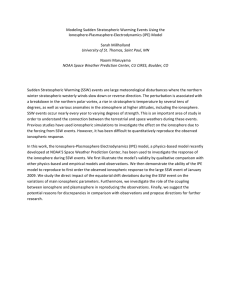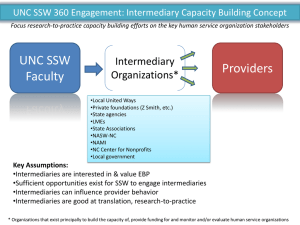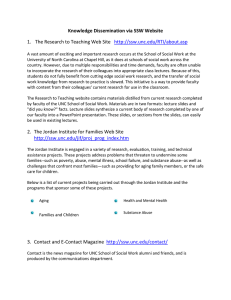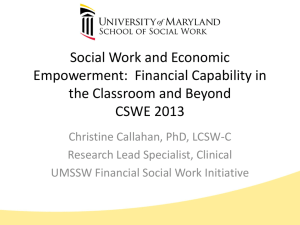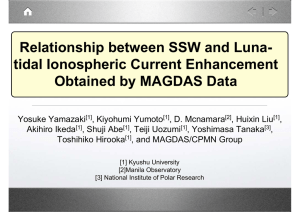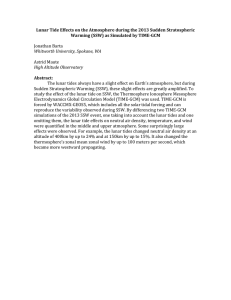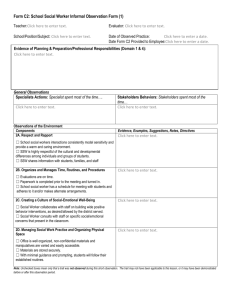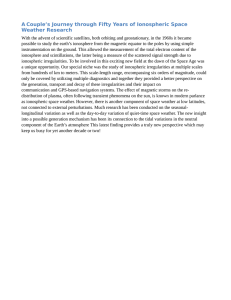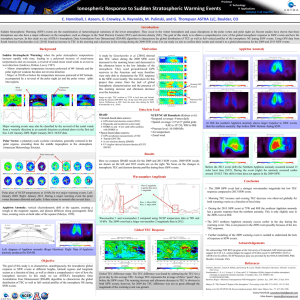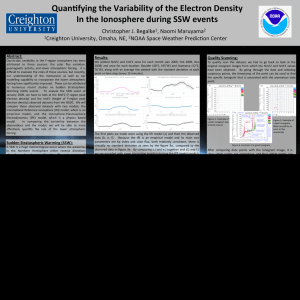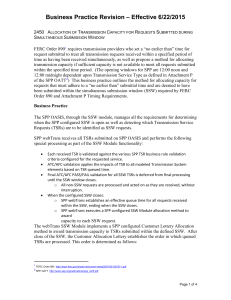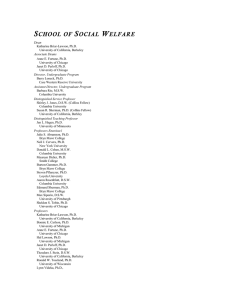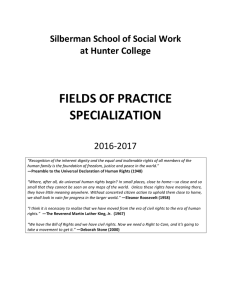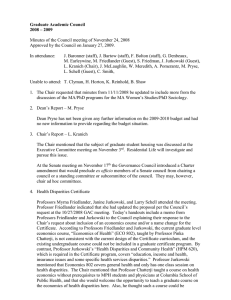Document 12625199
advertisement
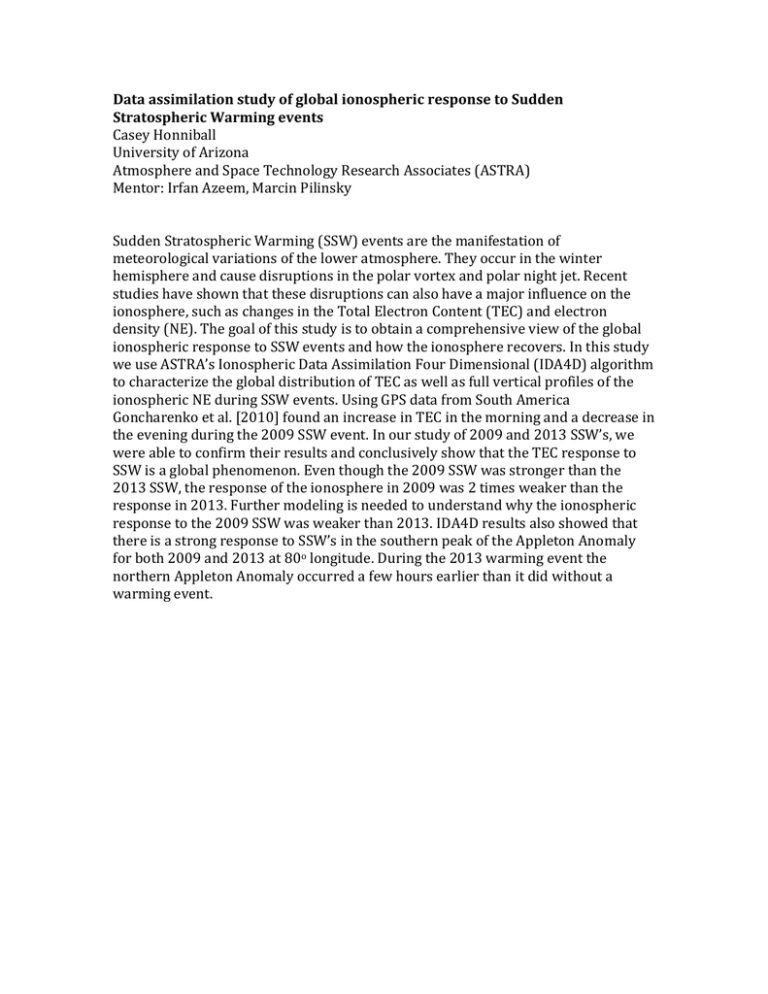
Data assimilation study of global ionospheric response to Sudden Stratospheric Warming events Casey Honniball University of Arizona Atmosphere and Space Technology Research Associates (ASTRA) Mentor: Irfan Azeem, Marcin Pilinsky Sudden Stratospheric Warming (SSW) events are the manifestation of meteorological variations of the lower atmosphere. They occur in the winter hemisphere and cause disruptions in the polar vortex and polar night jet. Recent studies have shown that these disruptions can also have a major influence on the ionosphere, such as changes in the Total Electron Content (TEC) and electron density (NE). The goal of this study is to obtain a comprehensive view of the global ionospheric response to SSW events and how the ionosphere recovers. In this study we use ASTRA’s Ionospheric Data Assimilation Four Dimensional (IDA4D) algorithm to characterize the global distribution of TEC as well as full vertical profiles of the ionospheric NE during SSW events. Using GPS data from South America Goncharenko et al. [2010] found an increase in TEC in the morning and a decrease in the evening during the 2009 SSW event. In our study of 2009 and 2013 SSW’s, we were able to confirm their results and conclusively show that the TEC response to SSW is a global phenomenon. Even though the 2009 SSW was stronger than the 2013 SSW, the response of the ionosphere in 2009 was 2 times weaker than the response in 2013. Further modeling is needed to understand why the ionospheric response to the 2009 SSW was weaker than 2013. IDA4D results also showed that there is a strong response to SSW’s in the southern peak of the Appleton Anomaly for both 2009 and 2013 at 80o longitude. During the 2013 warming event the northern Appleton Anomaly occurred a few hours earlier than it did without a warming event.
